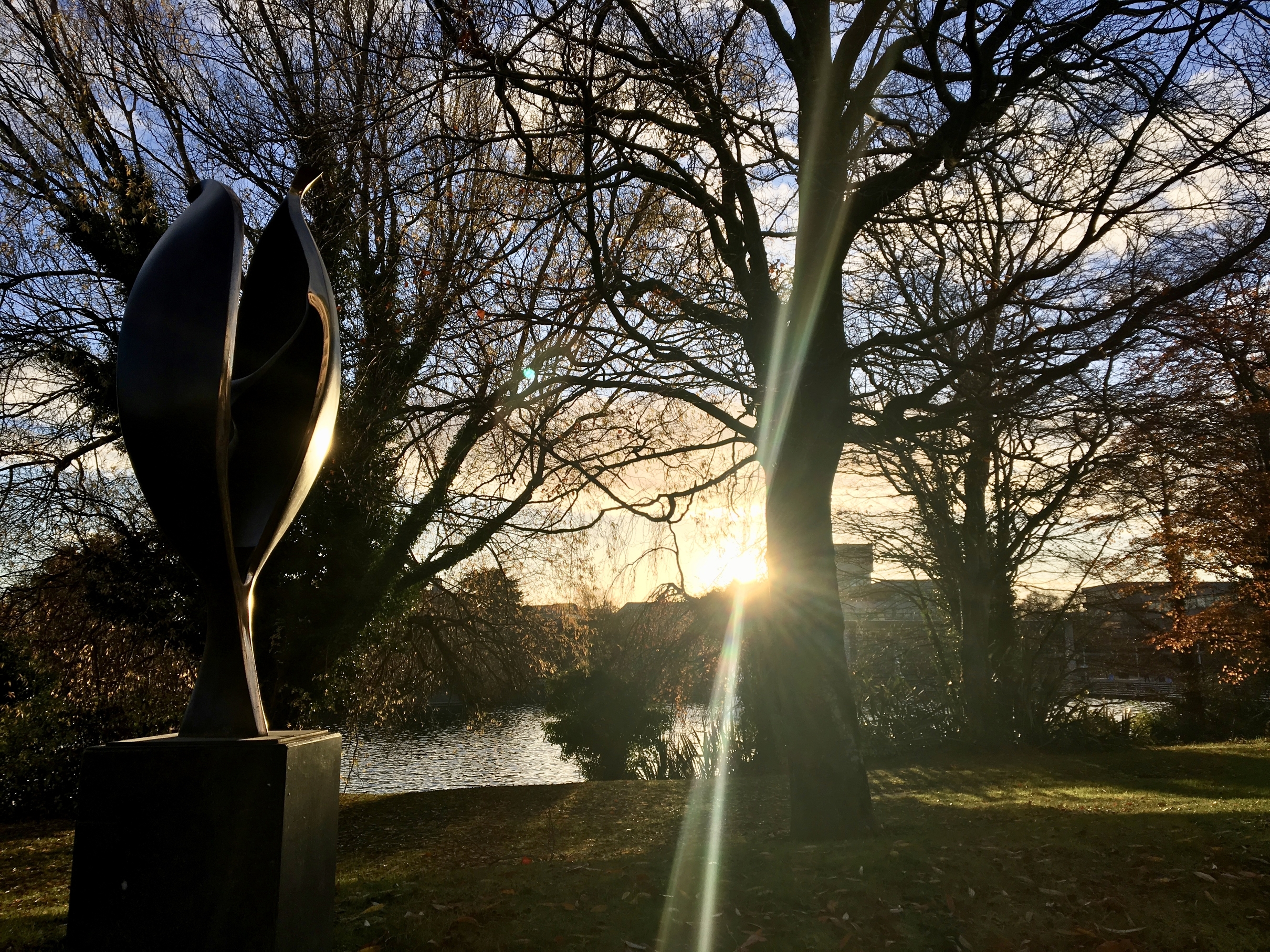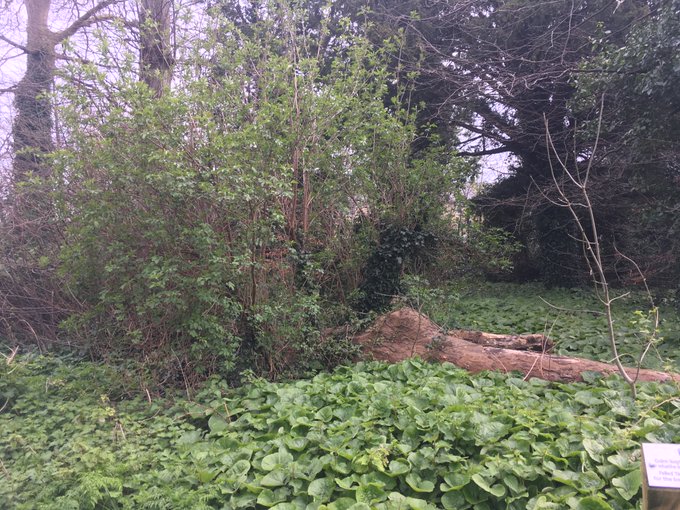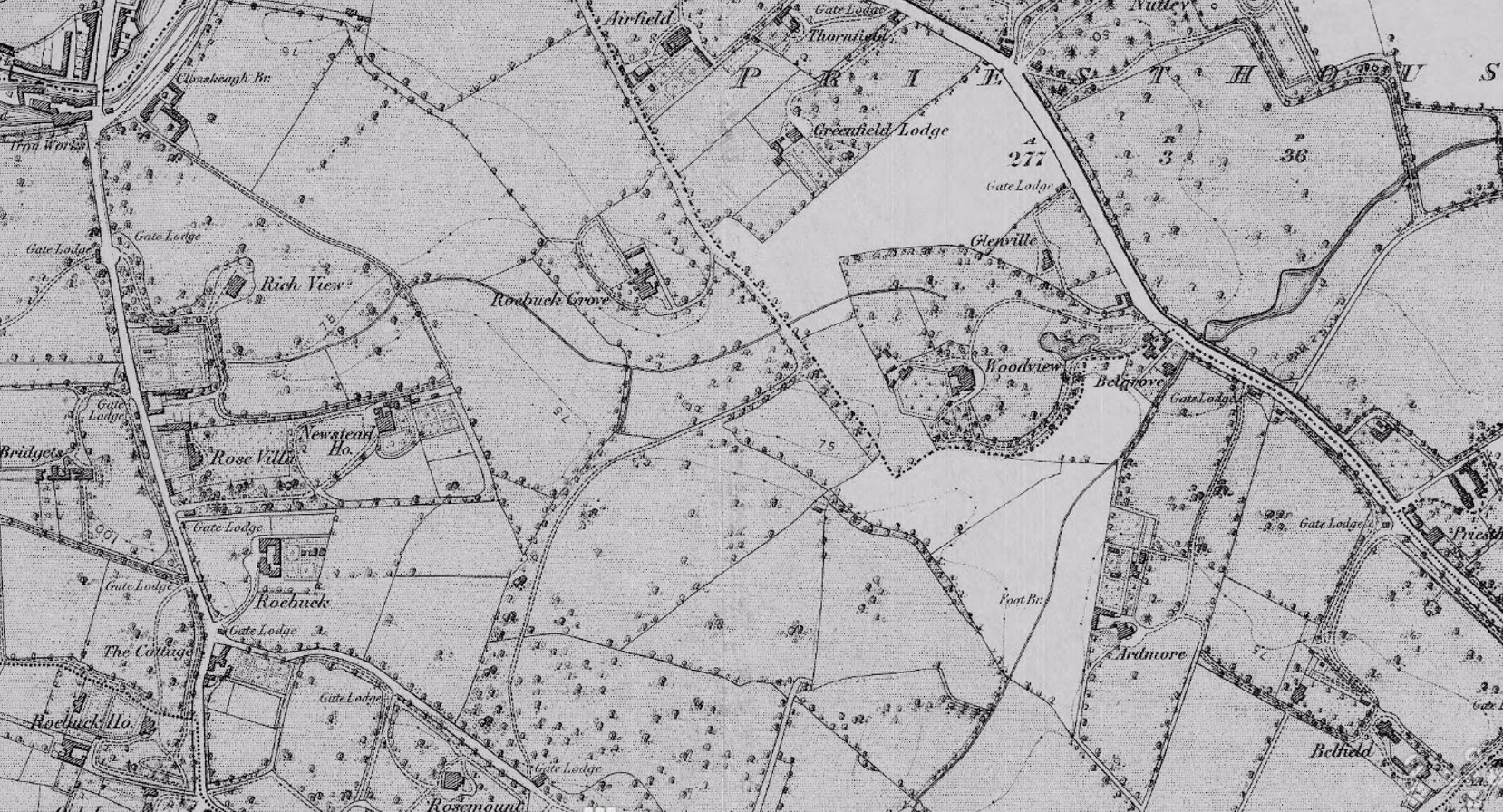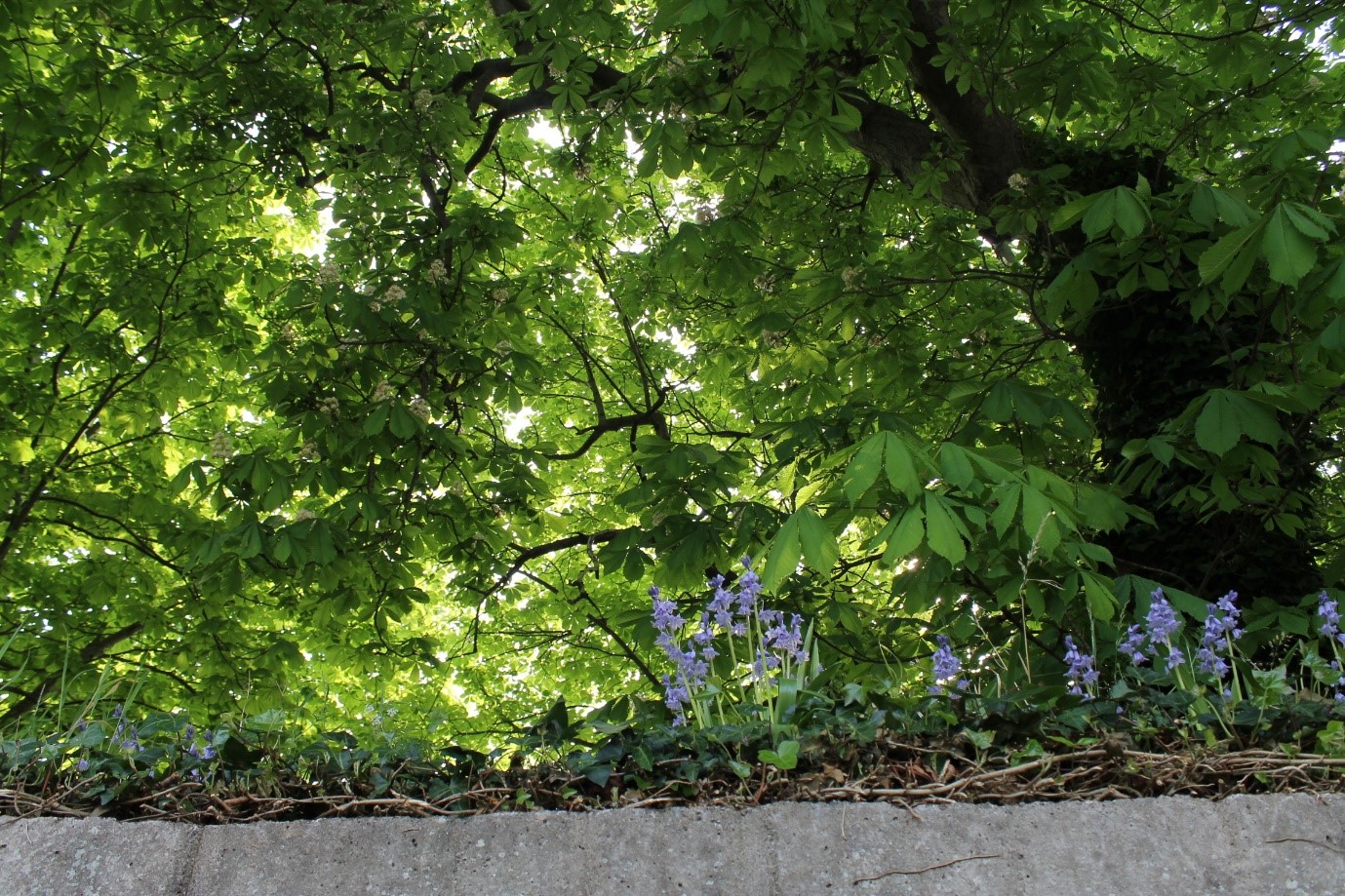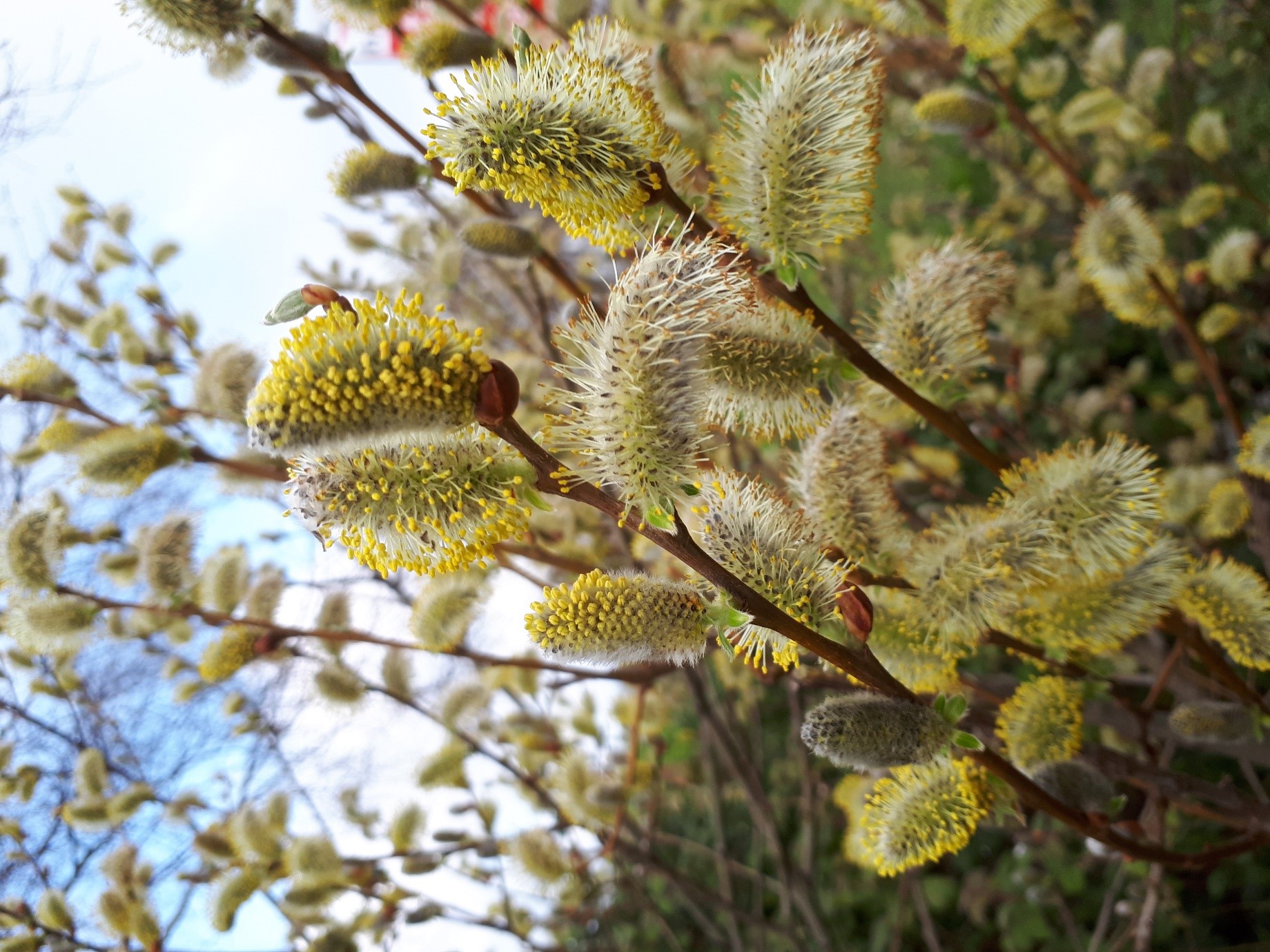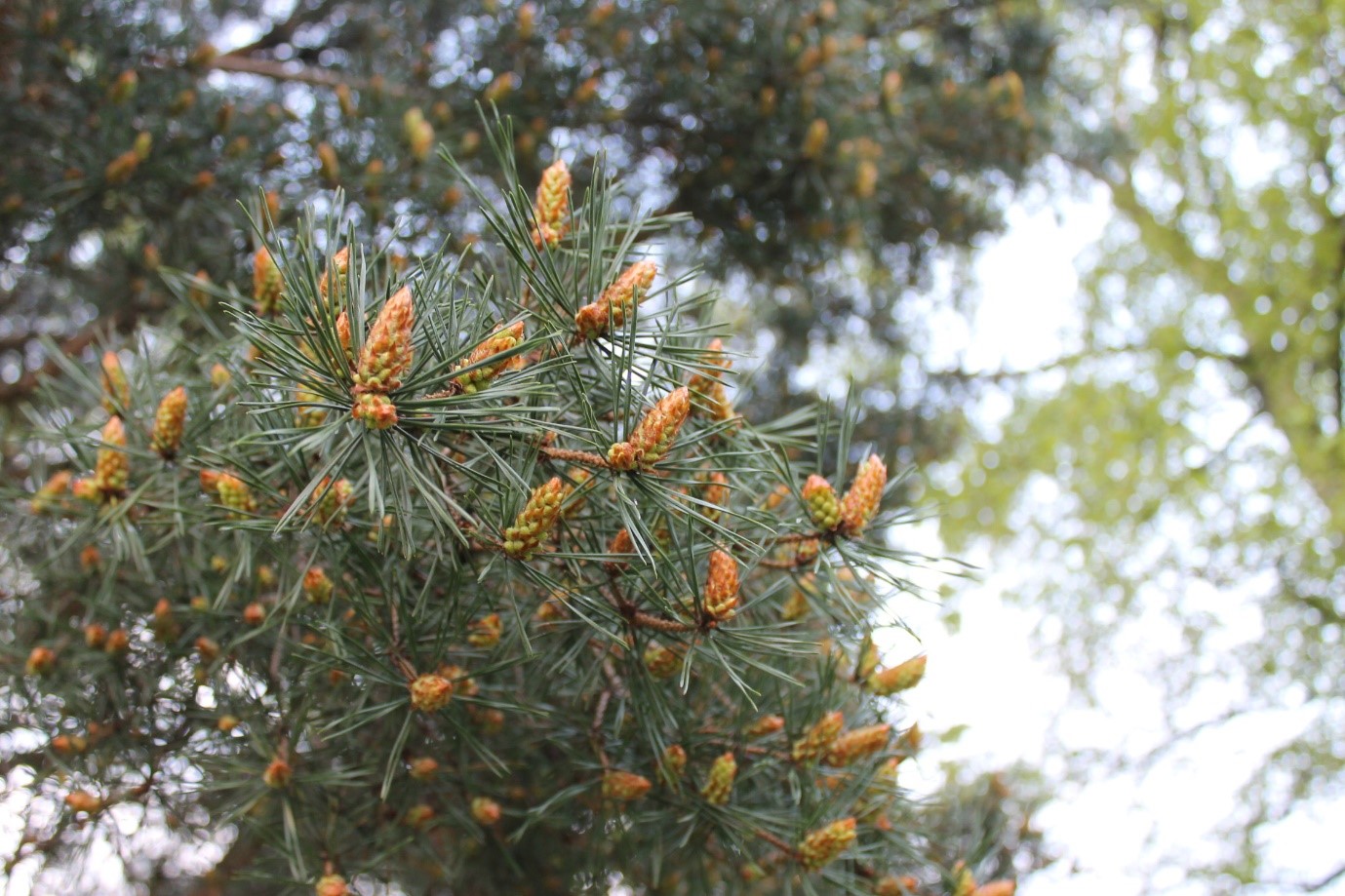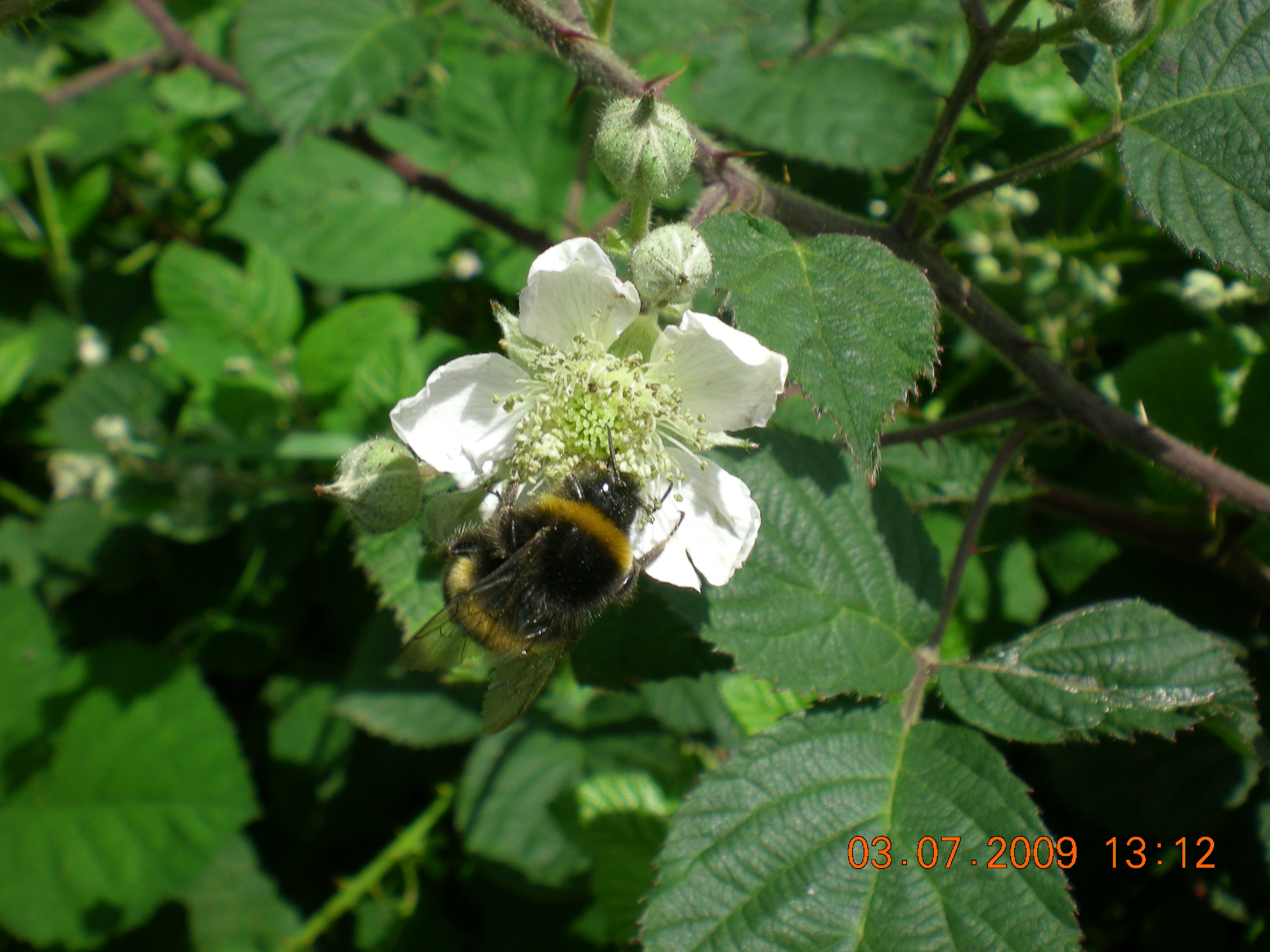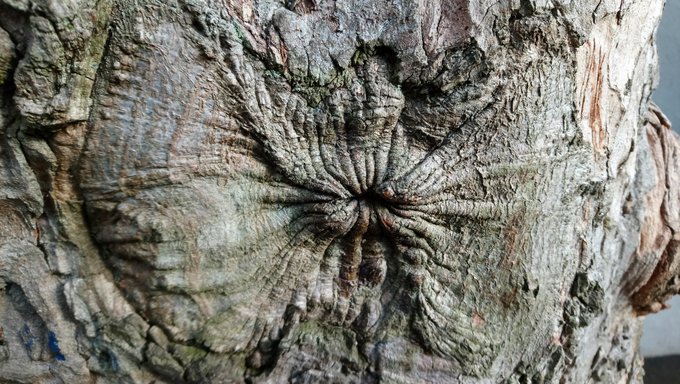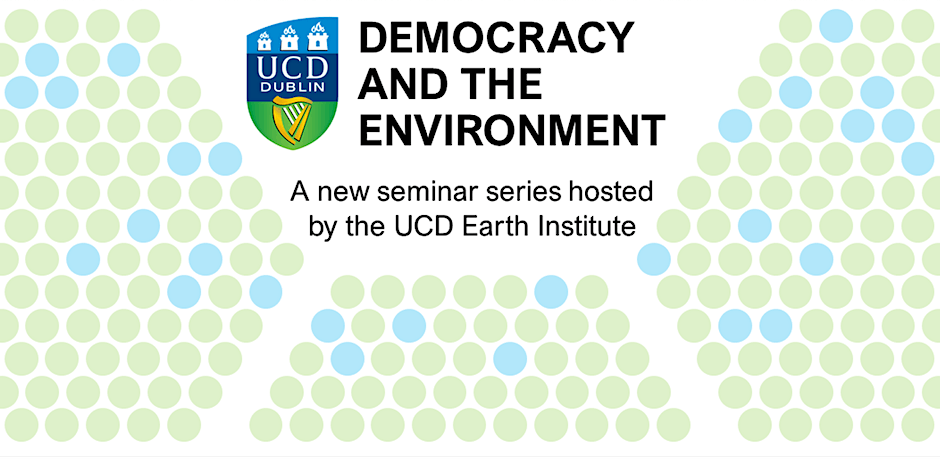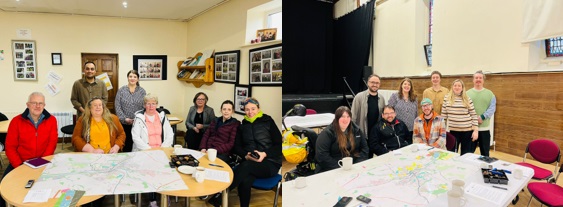Take a virtual stroll through the celebrated woodland walks of UCD's Belfield Campus, with contributions from Brian Tobin, Julie Ballweg, Finbarr Brereton, David Brogan, Karen Foley, Mary Forrest, Gerald Mills, Tobi Morakinyo, Tine Ningal, Rob Sands and Dara Stanley.
The Trees of Belfield Campus
The Belfield campus currently has approximately 50,000 trees comprising 76 different species of which more than 25,000 have been planted since 2007. Approximately 38 acres (or 11%) of the campus is covered in woodland. Image: Elva Johnston
Woodlands and forests provide important economic, social & environmental services. Julie Ballweg is part of a new EU COST Programme network to research biodiversity & sustainable forest management through standardised broad-scale multi-taxon studies called Bottoms-Up.
Most of the Belfield woodlands date to late 18th/early 19th century. They were part of the original estates purchased by UCD from the 1930s onwards – including Roebuck Castle, Ardmore, Belfield and Woodview Houses, visible in this 1874 map
Estate woodland is most evident on Foster’s Avenue, by the Glenomena residences, around the UCD Crèche and along the Stillorgan Road while remnants of ornamental tree planting can be seen at Merville House, Belfield House, Roebuck Castle & Richview
In the late 18th century, ornamental conifers were in fashion and a representative collection, including western red cedar, giant redwood, Sawara cypress and Monterey cypress remain by Ardmore House.
Situated within the former estate of Rosemount is the Lamb-Clarke Irish Historical Apple collection, named after its collectors. An orchard comprising 70 Irish cultivar apples, it’s an important genetic and cultural resource and is also utilised for undergraduate teaching
Landscape palimpsest: traces of Belfield’s history can be detected throughout the campus. Some of the largest campus trees are remnants of the former agricultural field boundaries that predated UCD’s move to Belfield - with some examples here in front of the UCD Sport Centre
The concrete bunkers within O’Reilly Hall carpark were built to preserve historic trees and give a glimpse of Belfield's earlier topography, pre 1960s development. These little islands among the parked cars offer an unusual perspective to gaze up into the woodland remnant
Tree-planting accompanied the development of UCD in the 1960-70s, placing more emphasis on the campus's year-round use. Pink-flowering cherries, yellow laburnum and white horse chestnuts mark the arrival of spring and imminent exams!
UCD's woodlands are managed by UCD Estate Services in a variety of ways, with intervention in many areas now minimised, enhancing insect, bird and mammal habitats. Large parts of the boundary woodland have been augmented with native trees such as birch, alder, pine, oak and willow.
In an era of #climatechange, Ireland finds itself in an interesting position, intersecting both Arctic and Mediterranean climate systems. Despite poor geographic luck in only having a handful of native tree species, one of the most eclectic must be the strawberry tree.
Did you know that Scots pine is the new native on the block? Its native status had been disputed, but recent research on the Irish Rockforest pine in Co Clare has shown a history to AD350. The School of Agriculture & Food Science has planted a Rockforest pine grove at UCD Lyons Farm.
Trees are an important source of forage for bees and other pollinators, often containing thousands of flowers giving a large amount of food in one place. Pollinator research in UCD is led by Dara Stanley and UCD is a partner on the All-Ireland Pollinator Plan
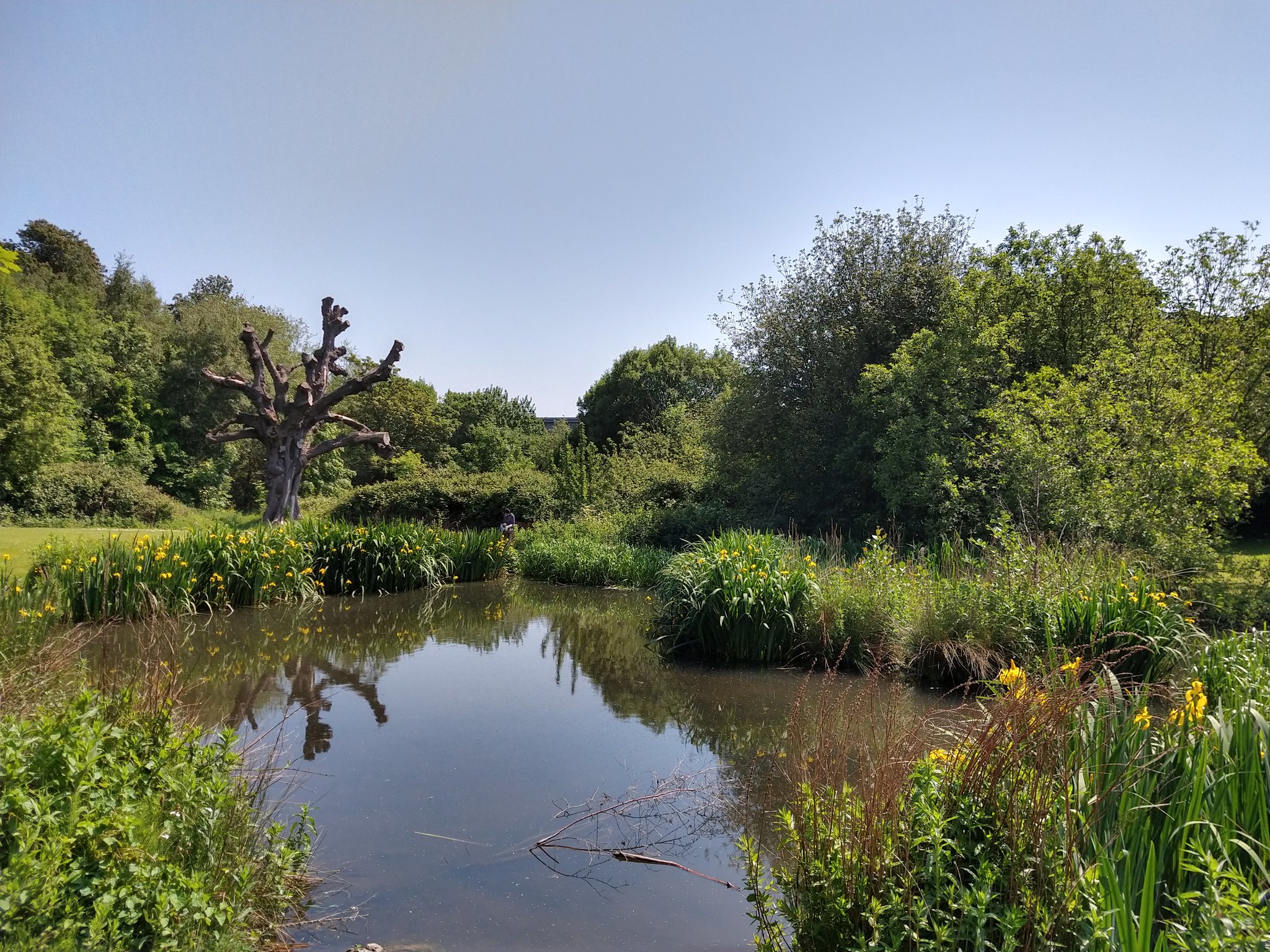 |  |
|---|
The woodlands are a popular amenity for staff and students in UCD as well as our local community, including spots like the 'secret' lake (image: Alex Russell). A series of Woodland Walks have been laid out in the UCD Woodlands Walk Map & Guide.
Research by Finbarr Brereton and colleagues in the School of Architecture, Planning & Environmental Policy has shown that access to and engagement with the physical environment is as important for our health and wellbeing as our income, houses and jobs
Gerald Mills & Tine Ningal are involved in Mapping Green Dublin, mapping the location and distribution of trees in Dublin. Results show people in the city centre outnumber the trees by 10 to 1 while elsewhere the ratio is 1:1, an issue of access that the current lockdown exacerbates.
Trees play a key physical role in cities, including cooling the air and removing pollutants, but a lack of scientific basis for urban tree selection/placement limits their benefits. Tobi Morakinyo's “right tree, right place” framework aims to give planners tools to remedy this
 |  |
|---|
Narrow spaces between buildings can be inhospitable for trees. Not so with the fast-growing River Birch, Betula nigra, pictured here between the UCD Clubhouse Bar and the UCD Student Centre. Attractive through the year, the peeling bark is particularly striking in winter
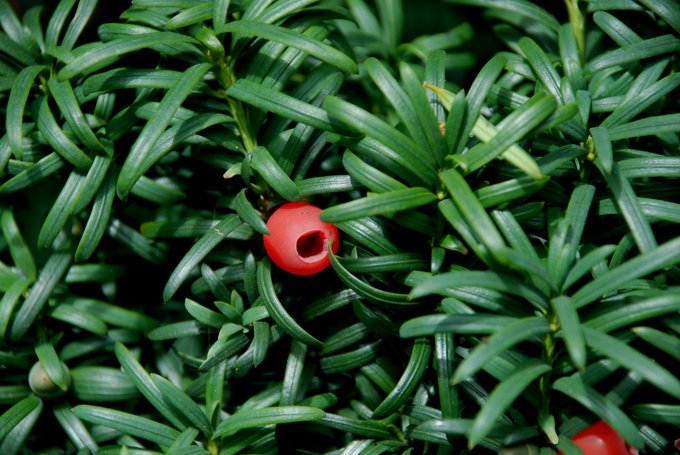
Rob Sands from the School of Archaeology works on the archaeology of wood and woodcraft, including yew. Aesthetically and symbolically prized, its age, evergreen foliage, bright red arils, and poisonous associations link it to cycles of life & death in many societies
The UCD resilience tree, a birch, has symbolic meaning. Brian Tobin of UCD Forestry picked some of his favourite campus trees for UCD Earth Talks - click here to delve in to more detail about UCD's beautiful trees!
